Editor’s Picks! Associate editor, Emily Waters, highlights four videos demonstrating JoVE’s effectiveness in communicating classic and complex Chemistry.
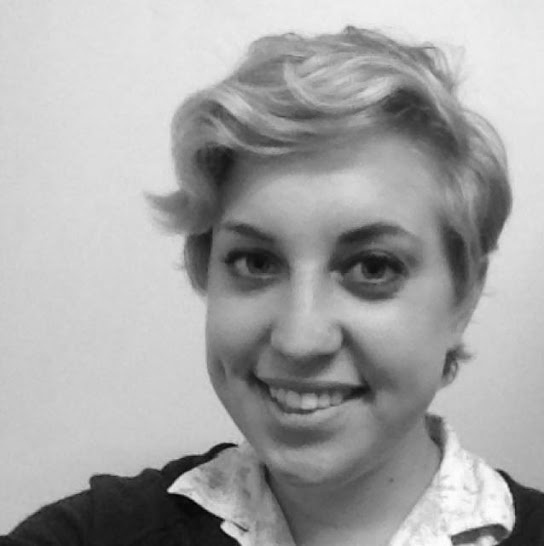 Waters: The chemistry section launched last year, and so I wanted to highlight a range of what we have. I’ve picked a couple traditional chemistry methods and two newer techniques. I think these videos are all pretty cool, and they show the range of what JoVE videos can capture.
Waters: The chemistry section launched last year, and so I wanted to highlight a range of what we have. I’ve picked a couple traditional chemistry methods and two newer techniques. I think these videos are all pretty cool, and they show the range of what JoVE videos can capture.
Pick #1 — Conducting Miller-Urey Experiments
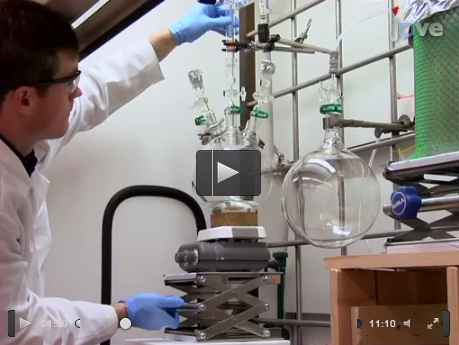 Waters: This method is similar to the classic experiment that replicates primitive earth. In the original experiment you had water simulating oceans, an electric discharge simulating lightening, gases, evaporation and condensation. But this video shares the upgrades we’ve made to this experiment—how we can still learn from it by applying it to other gases, and how amino acids and organic compounds can be formed from inorganic materials. (Check out our press release on this technique: “A 21st century adaptation of the Miller-Urey origin of life experiments.”)
Waters: This method is similar to the classic experiment that replicates primitive earth. In the original experiment you had water simulating oceans, an electric discharge simulating lightening, gases, evaporation and condensation. But this video shares the upgrades we’ve made to this experiment—how we can still learn from it by applying it to other gases, and how amino acids and organic compounds can be formed from inorganic materials. (Check out our press release on this technique: “A 21st century adaptation of the Miller-Urey origin of life experiments.”)
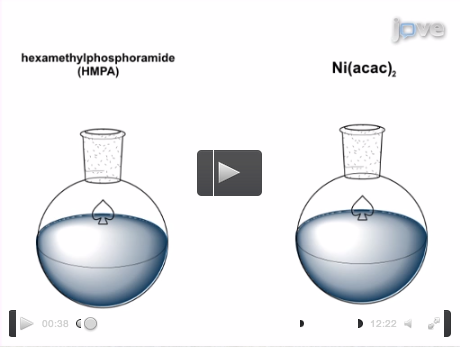 Waters: Sometimes when I talk to organic chemists on the phone, they initially don’t understand why organic chemistry methods could benefit from being published in video articles. While this experiment is fairly straightforward, I think it shows that organic chemistry can be interesting to visualize. It looks at Barbier reactions, and the authors look at how different additives can alter the reactivity of samarium diiodide. I also think the video animations help explain the mechanism of the reactions much more clearly than I’ve seen in text manuscripts.
Waters: Sometimes when I talk to organic chemists on the phone, they initially don’t understand why organic chemistry methods could benefit from being published in video articles. While this experiment is fairly straightforward, I think it shows that organic chemistry can be interesting to visualize. It looks at Barbier reactions, and the authors look at how different additives can alter the reactivity of samarium diiodide. I also think the video animations help explain the mechanism of the reactions much more clearly than I’ve seen in text manuscripts.
Pick #3 — Preparation of Silica Nanoparticles Through Microwave-assisted Acid-catalysis
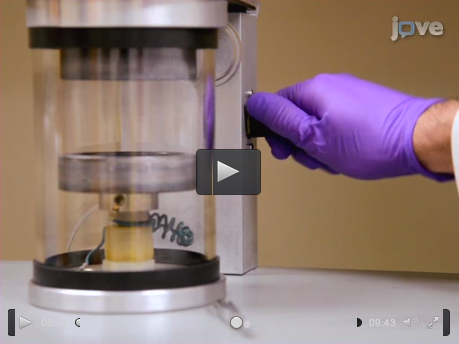 Waters: This is an experiment that is generally poorly described in literature. The authors describe it as kind of an art form, but then they show you how to actually do it. They make this synthesis reproducible, and that is really cool. This synthesis is microwave-mediated, which is a fairly new technique and shows a lot of promise despite its previous reproducibility issues.
Waters: This is an experiment that is generally poorly described in literature. The authors describe it as kind of an art form, but then they show you how to actually do it. They make this synthesis reproducible, and that is really cool. This synthesis is microwave-mediated, which is a fairly new technique and shows a lot of promise despite its previous reproducibility issues.
Pick #4 — Anticancer Metal Complexes: Synthesis and Cytotoxicity Evaluation by the MTT Assay
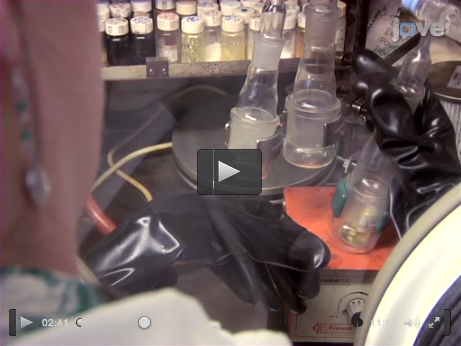 Waters: In this experiment, the authors are synthesizing titanium and vanadium complexes, which are highly potent anticancer agents. Typically what’s used in chemotherapy is cisplatin, and everyone knows that that has terrible side effects. More, its applications are pretty narrow; you can’t use it for all types of cancer. But titanium and vanadium have been shown to be way less toxic. They are considered to have a lot of promise for cancer treatment. The problem with them, however, is they react with water—they have hydrolytic instability. So, this is one of the frontiers in cancer research right now, to figure out how to apply them and make them more hydrolytically stable. The authors demonstrate how to synthesize the two, and then do an MTT assay which asses the anti cancer activity. In their results, they show that the titanium was more effective and that vanadium was comparable to cisplatin. So, the next step is how do we use it? Previous trials have failed because of the hydrolytic instability. If they could figure out a solution we could have a safer form of chemotherapy, but you have to be able to synthesize these to begin with in order to do these kinds of experiments.
Waters: In this experiment, the authors are synthesizing titanium and vanadium complexes, which are highly potent anticancer agents. Typically what’s used in chemotherapy is cisplatin, and everyone knows that that has terrible side effects. More, its applications are pretty narrow; you can’t use it for all types of cancer. But titanium and vanadium have been shown to be way less toxic. They are considered to have a lot of promise for cancer treatment. The problem with them, however, is they react with water—they have hydrolytic instability. So, this is one of the frontiers in cancer research right now, to figure out how to apply them and make them more hydrolytically stable. The authors demonstrate how to synthesize the two, and then do an MTT assay which asses the anti cancer activity. In their results, they show that the titanium was more effective and that vanadium was comparable to cisplatin. So, the next step is how do we use it? Previous trials have failed because of the hydrolytic instability. If they could figure out a solution we could have a safer form of chemotherapy, but you have to be able to synthesize these to begin with in order to do these kinds of experiments.
What’s your favorite JoVE Chemistry video? Let us know in a comment below, or submit your own technique to JoVE via one of our publishing grant contests!


